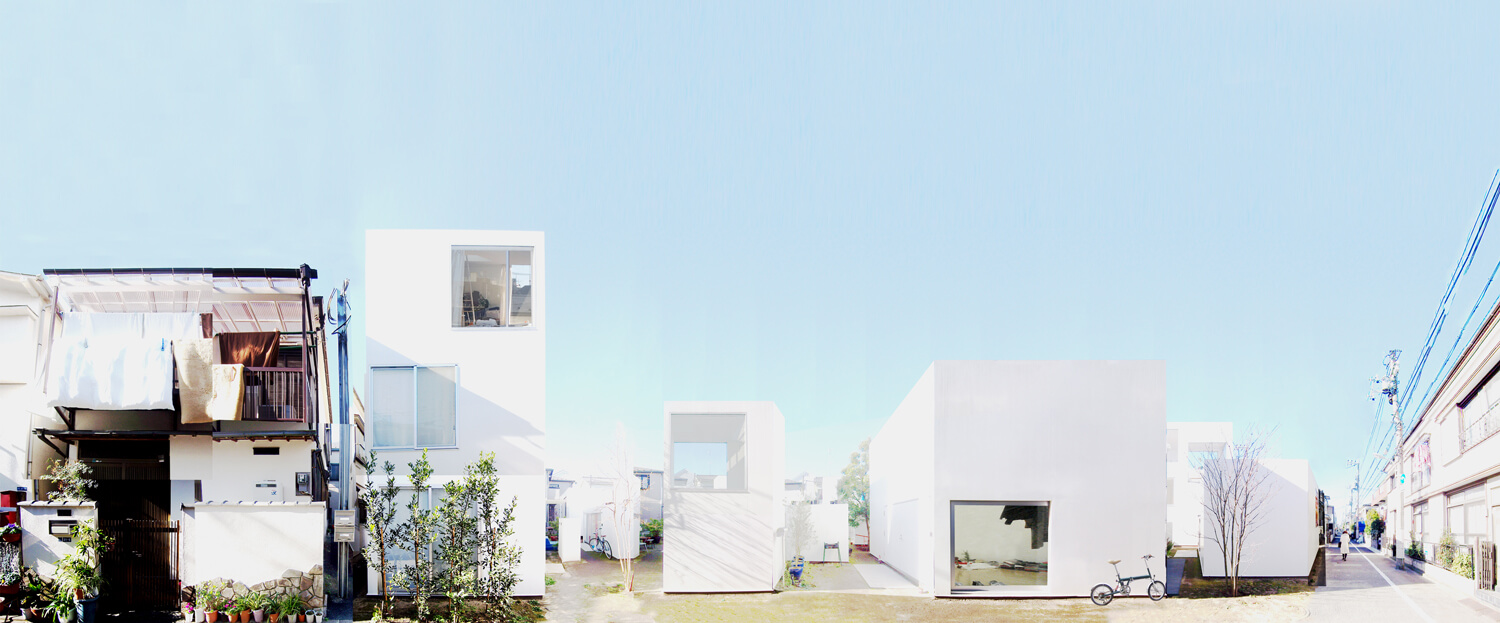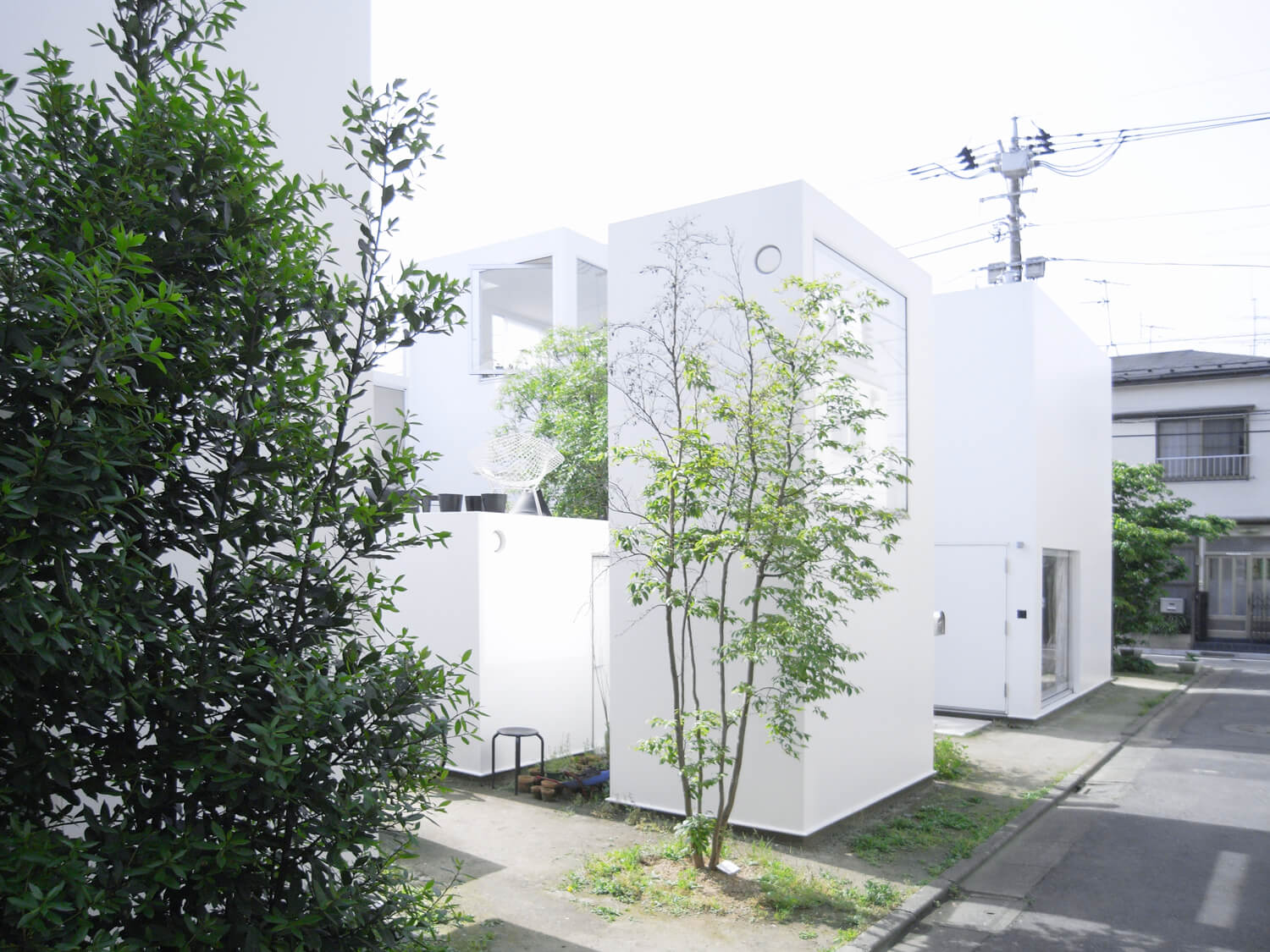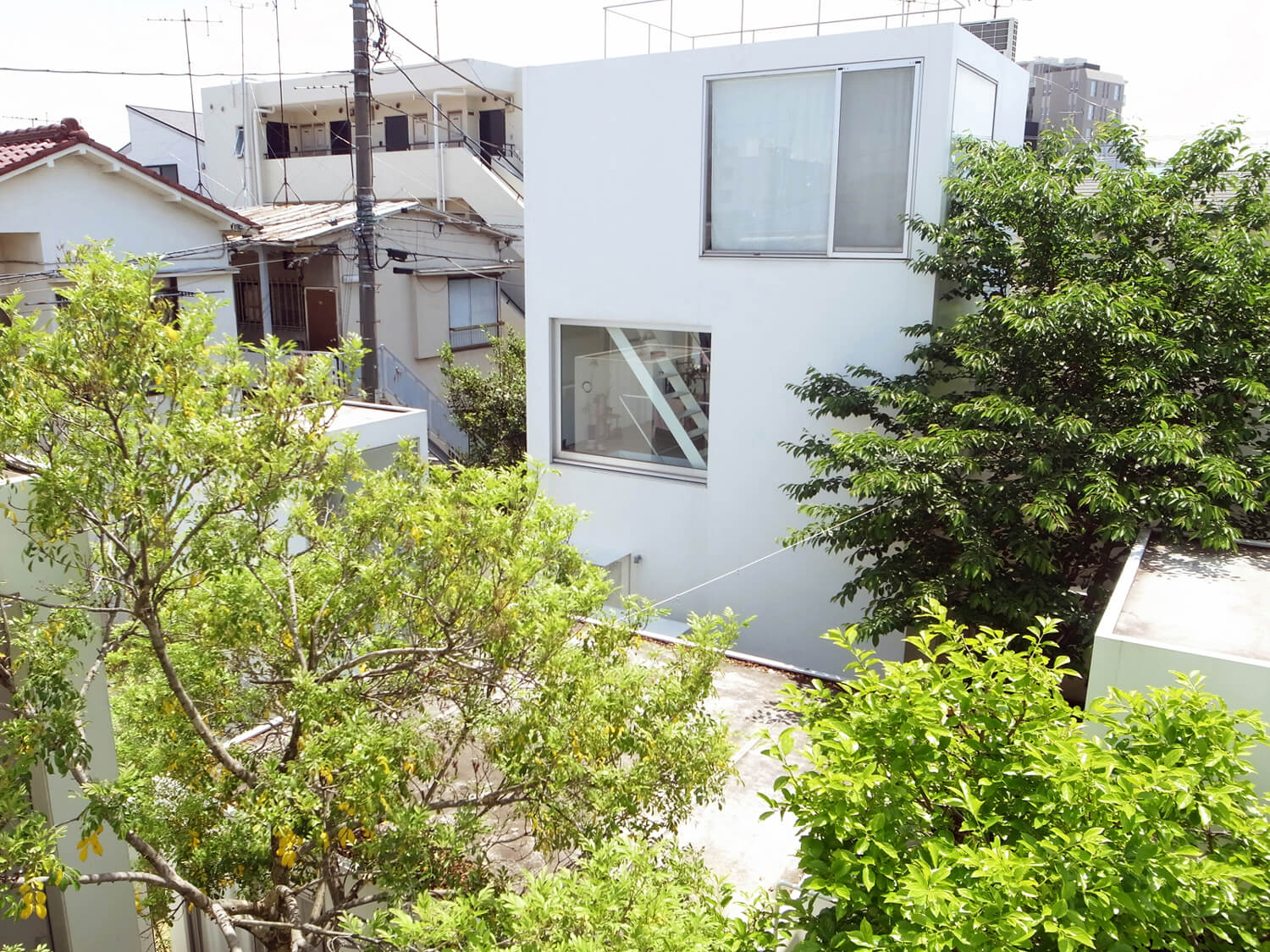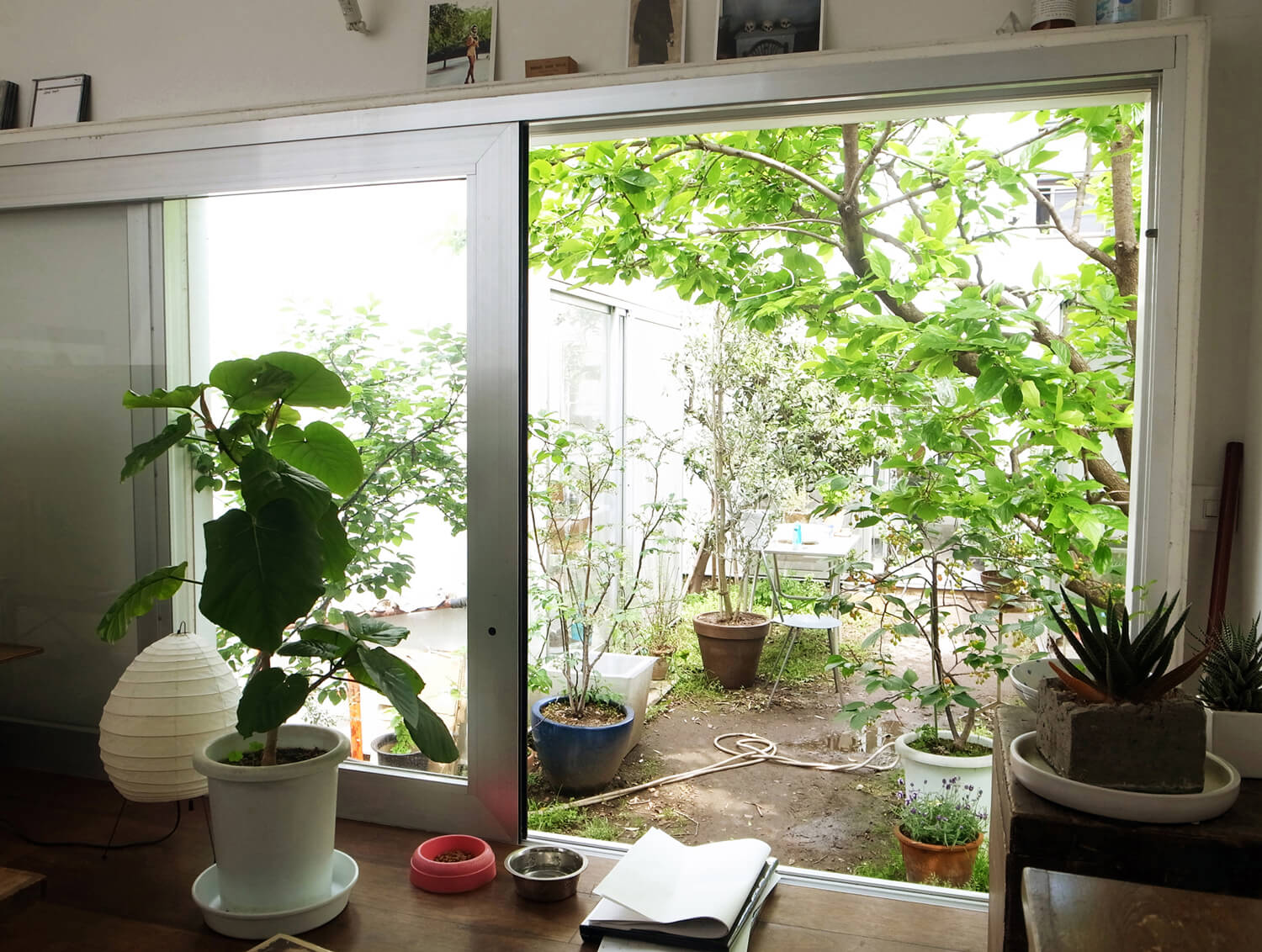The Exploded Architecture of Moriyama House
This iconic house, built in Tokyo in 2005 by architect Ryue Nishizawa, is known for its completely spread-out structure.

Photo courtesy of Office of Ryue Nishizawa
Moriyama House is a cult building. Created by Ryue Nishizawa (one half of the architectural firm SANAA) and situated in a residential district of Tokyo, it is made up of nine white blocks, exploding over the 300-m² area on which they were built. This allows their inhabitants, the owner and their tenants, to navigate between each block, through the trees and passages, as if wandering through a maze.
Architectural fluidity at the expense of intimacy
It’s a legendary but sometimes criticised construction, particularly due to the lack of privacy offered as a result of the dispersed nature of the different blocks and their openness to the outside world. ‘I was surprised to see how gritty Moriyama House was. It was far from glamorous, with the reality of such small living spaces’, photographer Edmund Sumner tells magazine Deezen. ‘And for the tenants living in these small spaces, reality is far from any glamorous image that might otherwise be projected’, he continues, having wanted to capture the house in its natural state. These photos were taken in 2005, just after Moriyama House was completed.
Moriyama House (2005) is a building by architect Ryue Nishizawa.

Photo courtesy of Office of Ryue Nishizawa

Photo courtesy of Office of Ryue Nishizawa

Photo courtesy of Office of Ryue Nishizawa
TRENDING
-
The Tattoos that Marked the Criminals of the Edo Period
Traditional tattoos were strong signifiers; murderers had head tattoos, while theft might result in an arm tattoo.

-
Chiharu Shiota, Red Threads of the Soul
Last year, more than 660,000 people visited the retrospective 'Chiharu Shiota: The Soul Trembles' exhibit at the Mori Art Museum.

-
‘Before Doubting Others, Doubt Yourself. Who Can Truly Say a Dish Isn’t What It Used to Be?’
In ‘A Non-Conformist’s Guide to Surviving Society’, author Satoshi Ogawa shares his strategies for navigating everyday life.

-
The Story of Sada Yacco, the Geisha who Bewitched Europe
Described by Dazed magazine as the first beauty influencer, she has been restored to her former glory since 2019.

-
Ito Jakuchu's Naturalist Paintings
From 15 September until 14 October 2018, the Petit Palais showcased the artist's iconic ‘Images of the Colourful Realm of Living Beings’.





